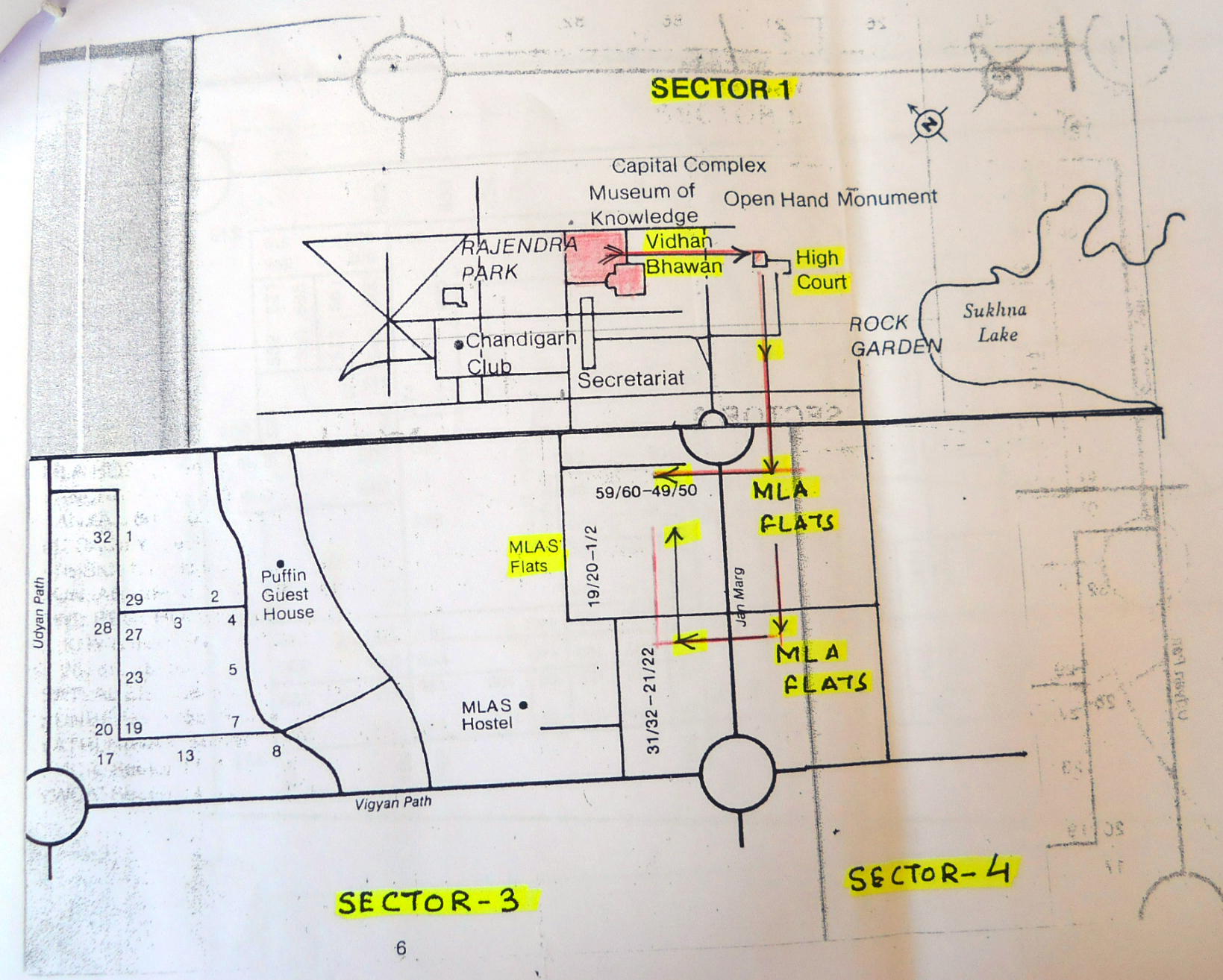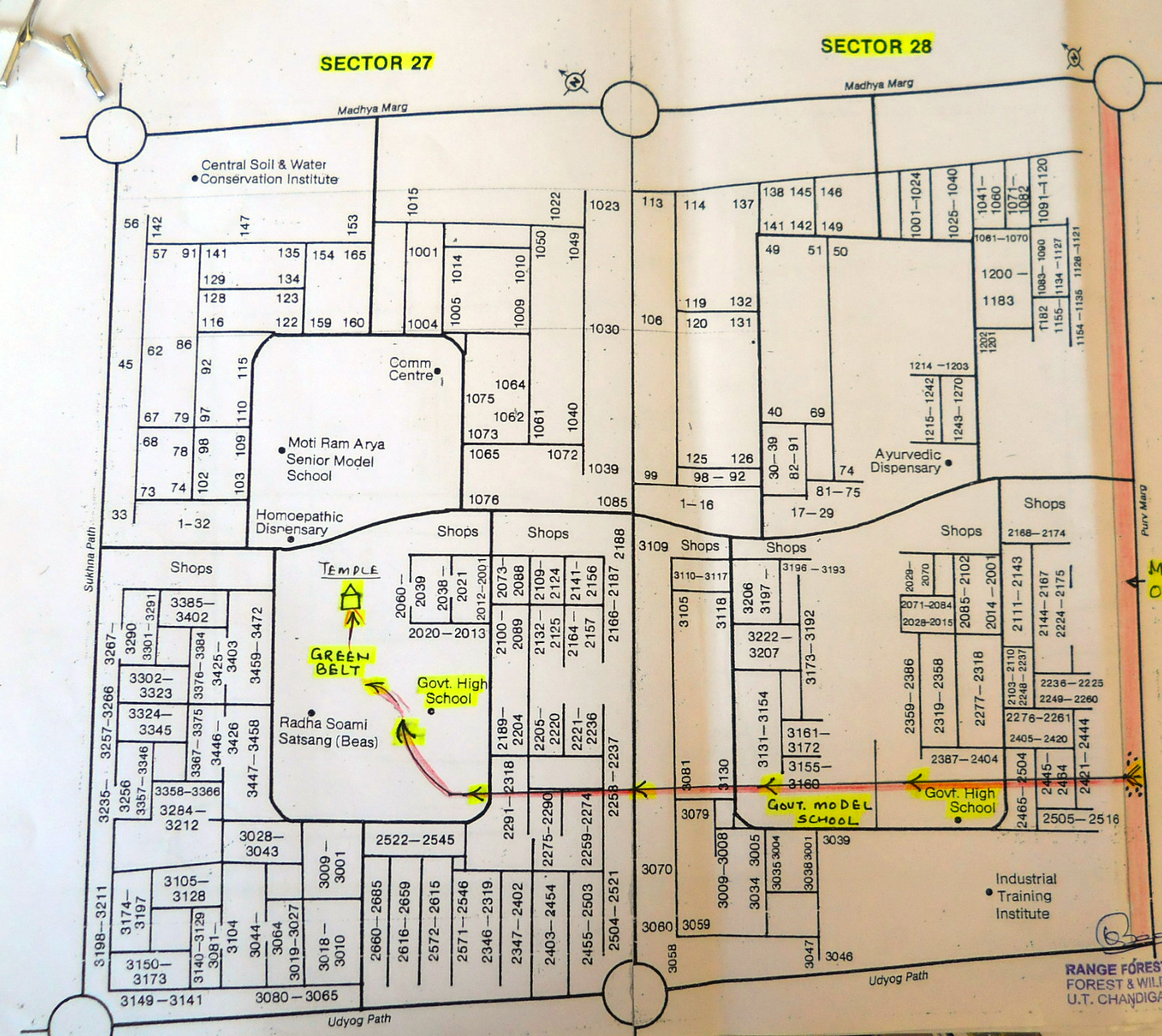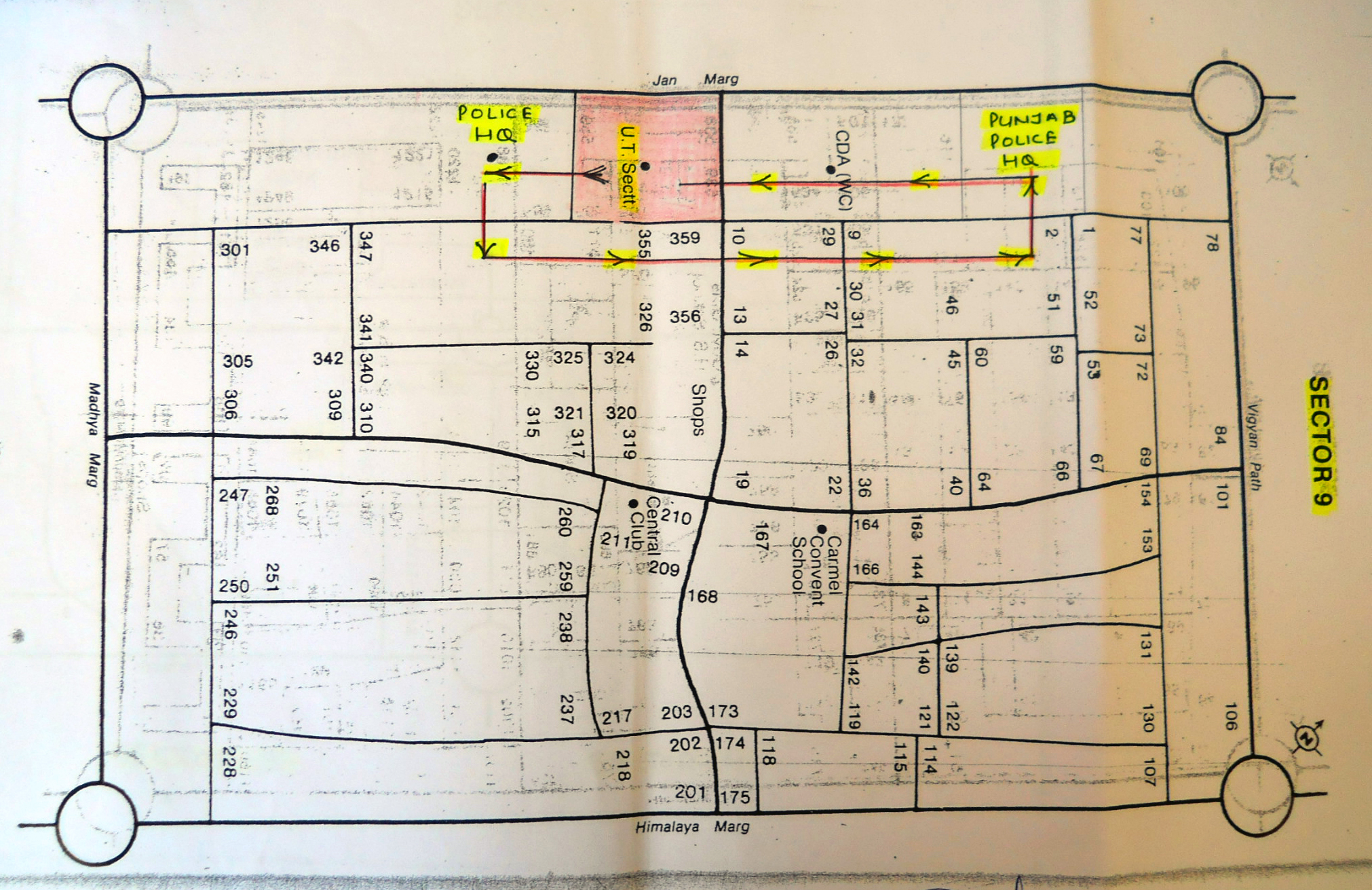Chandigarh: Yes, they have a routine, time pattern, and routes to follow. They have fixed time for their breakfast, lunch, and dinner and they take their routine very seriously. Yes, they are monkeys. In a first of its kind of “Monkey Mapping” in India, a whole urban part of the city has been mapped and traced in a way that the department concerned gets to know where and when monkeys are going, where they are having their bath, first meal of the day, where they rest, move, create chaos, and from which route they come back and where they spend their Me time i.e. a Good Night Sleep time.
A complete A to Z about monkeys and their lifestyle is observed, noted, and mapped by the Department of Forest and Wildlife Chandigarh by which they could manage the menace of monkeys and created a happy space for them where humans and monkeys are no more have any tussle.
The Chandigarh Forest and Wildlife Department has chalked down its plan on paper. The Range officers used to spend hours in following the troop, and move with their movements. It took several days for the Range officers to map the monkeys’ route in the city on paper.
Like a mom who gets up early morning to make her child ready for school and prepares the family for routine chores, they too have a set fixed plan for their family. They take a bath everyday before starting their day and mind you, it is proven and documented in this observational study by Retd Range Officer Karan Singh Bamal of Chandigarh Forest and Wildlife Department. Retd. Range officer Bamal says, “The study keeps evolving with each passing year. The strength of monkeys kept increasing, decreasing, and dividing, but their route plan, schedule, the eating pattern changed for nothing and no one.”

Mostly, the monkeys of Chandigarh reside in Sector 7, Sukhna Lake,Sector 26, Sector 9 and the Industrial area side. There are around five groups of monkeys consisting of 45-50 in each group. All of them have different time patterns and routes to follow.
Group 1 Troop: Early morning scene at 6.30 am is beautiful when these monkey moms make their tiny monkeys bathe at Sector 7 based SCOs’ rooftops, where water tanks are available. They all first take bath and make their kids ready for the day by 7.30 am. Then from7.30 am to 11.00 am and till 12.05 pm, they move around the SCOs area to find their first meal of the day. From 12.05 pm to 3.00 pm, they roam around the Sector 7 residential area and government quarters and from 4.30-6.30 pm, they go back in Sector 7 SCO rooftop area to sleep.
The Group 2 of 50 monkeys residing near Sector 26 Grain Market, also wakes up early in the morning, takes bath from the water tanks of residential rooftops, takes their meal from the Grain Market, spends their whole day there and go back at 6.30 pm to the rear of the mango orchards area of Sector 26.
“The Range Officers highlighted monkeys routes on Sectors based the maps of Chandigarh; the maps also reflect from which area they enter and exit. Since monkeys are covered under Schedule-II of Wildlife (Protection) Act and hence are to be protected, the Forest and Wildlife Department cannot kill, injure or damage them, but drive away only from the city area. This whole study was initiated because Panjab University was facing immense trouble because of monkeys and they urged the police, and Chandigarh administration to find a way out. So, the Department of Forest and Wildlife did a study on monkeys, chalked down their routes, then planted fruit-bearing trees in between their routes so that the city institutes may get rid of chaos created by monkeys. This observation keeps on evolving with each passing year, our range officers now know exactly monkeys’ routes and their actions,” says Dr Abdul Qayum, Deputy conservator of Forest, Department of Forest and Wildlife, Chandigarh.

The Department of Forest and Wildlife also planted fruit-bearing trees in Sukhna Sanctuary so that monkeys do not have to go to the city areas in search of food. And due to all such efforts of the department, the maximum strength of monkeys is now found in the Sukhna Sanctuary.
Dr Qayum says, “The monkey menace is not only experienced in UT Chandigarh, but it is prevalent in the entire country, including the neighboring state of Himachal Pradesh. Originally, monkeys are supposed to live in forest areas, but due to the degradation of forest areas, monkeys are venturing into the semi-urban/urban areas. Further, their stay in semi-urban/urban areas is facilitated by residents by providing them food following religious beliefs too. It has also been observed that in the case of UT, Chandigarh monkey menace is mostly in the northern sectors adjoining the forest area and in places like Punjab University, PGI, Sector 26, religious places, dhabas in Sectors 27 and 28 where food is being made available to monkeys.”

